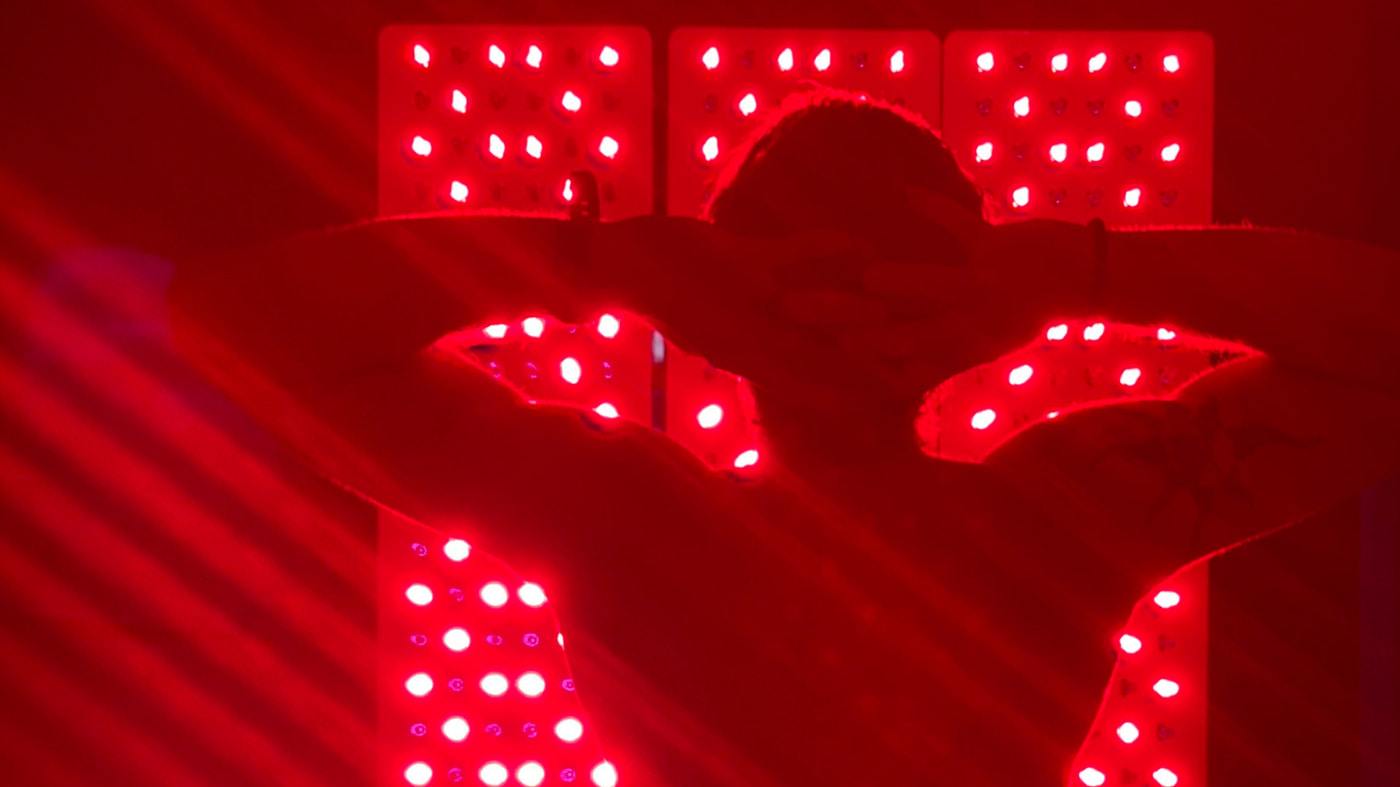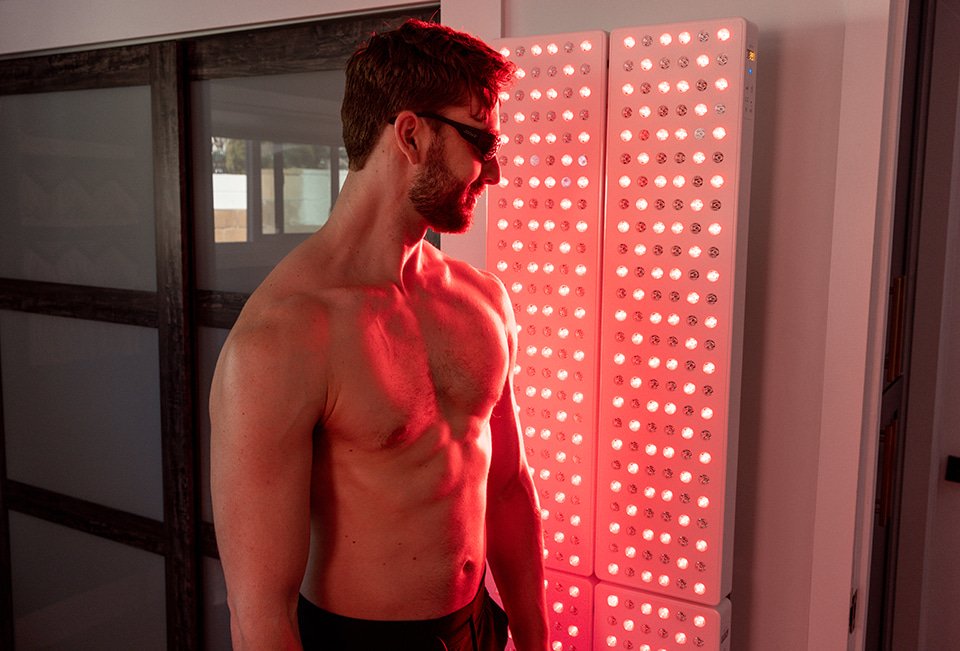Even while you enjoy getting older and wiser, aging is a natural process, and many of you don’t necessarily want skin with wrinkles. Why not, therefore, slow down that process and try some anti-aging treatments?
With red light therapy, you will not just look younger but may also relieve some of the pain and potentially help with the weight loss process. You might wonder how that is possible with such a type of laser therapy. But is red light therapy healthy? Are there any side effects on the full body?
Keep reading to find out more; some scientific research is also included.

Source: bengreenfieldlife.com
Is Red Light Therapy Healthy?
Unfortunately, a lot of the anti-aging products available on the market are just gimmicks. Fortunately for you, that is not the case with red light therapy.
Your body produces more proteins that give your skin its elasticity and firmness as a result of light therapy.
Therefore, if used briefly and according to instructions, the red light treatment seems to be risk-free and has no known negative effects.
The beginnings of red light therapy
Researchers employed RLT to assist plants in space in the early 1990s. The researchers discovered that the powerful light from red light-emitting diodes (LEDs) encouraged plant cell development and photosynthesis.
The next step was to investigate red light’s potential for use in medicine, specifically to see if RLT may boost cellular energy.
The researchers believed that RLT might be a successful method of treating muscular atrophy, sluggish wound healing, and problems with bone density brought on by weightlessness in spaceflight.
What Are the Benefits of Red Light Therapy?
Enhancing ATP generation in cells and encouraging the creation of new capillaries may improve energy and, guess what, promote collagen production and reduce wrinkles. It may also be good for anti-aging treatment.
Red light wavelengths are thought to promote the synthesis of melatonin. The hormone melatonin, which is present in nature, may promote sleep. When it gets dark out, your brain tends to release more melatonin, and when exposed to light, it tends to release less.
Here are some of the numerous benefits it offers:
- May stimulate the production of elastin collagen and hyaluronan.
- May speed the healing of acne and rosacea.
- May repair sun damage.
- May prevent hair loss and also promote regrowth.
- May reduce eye wrinkles, crow’s feet, and forehead.
- May reduce cellulite.
- May relieve stress.
- May help with pain and inflammation.
- May help eliminate nail fungus.
However, you must be aware that you might not reach all these benefits right away. Let’s see what you can expect.
Short-term benefits (one month)
- May refine pores
- Potential stress-releasing sessions
- Possibly increased moisture
Long-term benefits (three months)
- May replenish elasticity in the connective tissue
- May reduce the swelling around the eyes
- May reduce fine lines and wrinkles

Source: joovv.com
What Are the Side Effects of Red Light Therapy?
Even though it’s unclear how and why the red light treatment works, it is usually considered safe. Additionally, there are no standards for how much light should be used. Skin tissue may be harmed by too much light, while too little light may not be as effective.
Some rare side effects that have been noticed are:
- Hives
- Increased inflammation
- Redness
- Rash
- Discomfort
- Tenderness
How Long Until Red Light Therapy Works?
Each person’s response to a given treatment may vary, and results may also depend on the objective you’re aiming toward. But with consistent use, you may see results in four to six weeks.
Even after the first few treatments, most customers note a calming effect and softer, more youthful-looking skin. It should be used frequently over a longer length of time for the most satisfactory outcomes.
Different treatments for different goals
You may advise different treatment plans depending on the cause for the treatment:
- Ten sessions may be sufficient for younger skin to tone, reduce impurities, and protect it from external causes.
- Over two months, 20 sessions are recommended to potentially revitalize the skin and fight the early indications of aging.
- About 30 sessions spread out over three months are recommended for skin that is more mature and to actively fight skin aging and wrinkles.
Of course, a person’s case may require a different treatment strategy. The usage of additional premium skincare products might significantly enhance results. Ideally, it would be best if you adopted a healthy lifestyle to support your treatment.
What Is Recommended for Your Face Before Receiving Red Light Therapy?
Make sure to use a toner that has antioxidants and anti-inflammatory elements to boost the skin’s collagen level. At the same time, you prepare your skin for red light therapy with the non-drying cleanser. Your skin will remain healthy and youthful-looking as a result of this.
Is treatment suitable for anyone?
Is red light therapy healthy in a manner that works for everyone? Red light therapy is risk-free and may be appropriate for all skin types.
However, the treatment should be avoided by people who have low blood pressure, are pregnant, have epilepsy, have light sensitivity, or are taking drugs (such as antibiotics or St. John’s Wort) that make people more sensitive to light.
Furthermore, a smaller dose is advised for the initial treatment. You shouldn’t do vibra-shape exercises right after surgery or if you’ve recently been hurt or have heart, hip, or bone issues.
Can you combine red light treatment and vitamin C?
Vitamin C may help to promote collagen formation, prevent hyperpigmentation, and minimize the appearance of fine wrinkles. Vitamin C serum may increase collagen formation while keeping your skin hydrated and healthy if used in conjunction with regular red light therapy treatments.
What about recent piercings, liposuction, peeling, or tattoos?
Medical professionals also employ red light therapy to possibly treat wounds. However, if you have open wounds, fresh or inflamed tattoos, piercings, etc., you should wait until they have entirely healed to eliminate any chance of infection.
Contrary to tanning beds, you shouldn’t take out piercings.
Conclusion
Is red light therapy healthy? You may benefit from red light therapy in many ways, and there haven’t been many cases where customers experienced side effects.
However, you should be careful if you have a fresh wound, have low blood pressure, are pregnant, suffer from epilepsy, or have increased light sensitivity.
The data is offered for educational and general informational purposes and does not replace professional guidance. Therefore, we encourage you to speak with the doctor before deciding to use red light therapy for treating a certain condition.
We hope you have found this article helpful and now you know if this kind of treatment is for you.

Hello! I’m Nicky Rodgers.
Almost a decade ago, I got excited about the idea of employing alternative methods like red light therapy to create a healthier life.
To learn more about it, I did my Certified Light Therapist course from Photonic Therapy Institute and started looking into the intricacies of how light therapy influences several bodily processes. Before I knew it, my interest had become an obsession which resulted in this extensive blog.
Here, I offer countless well-researched articles to help you understand the benefits and uses of light therapy. I hope this information gives you a head start in your wellness journey.
